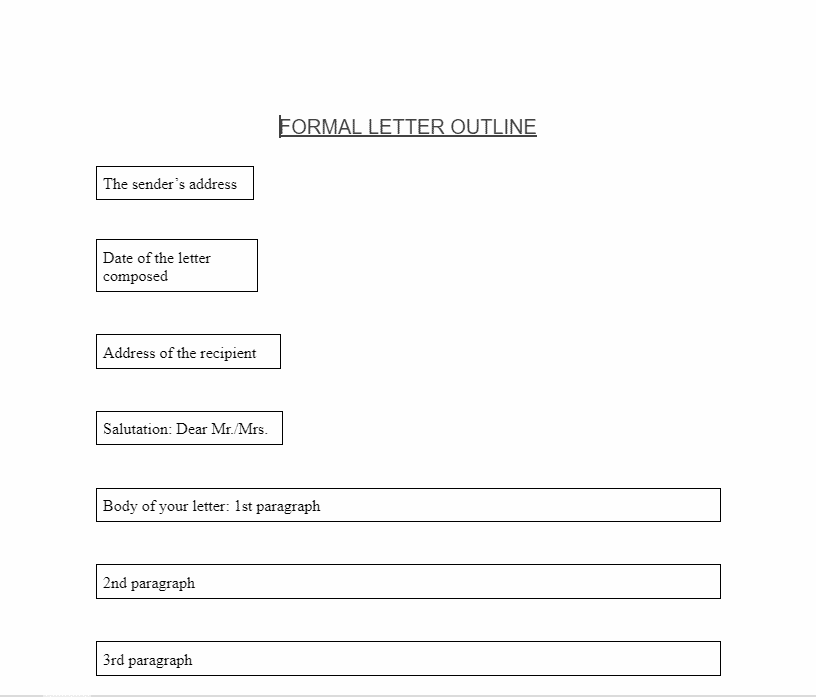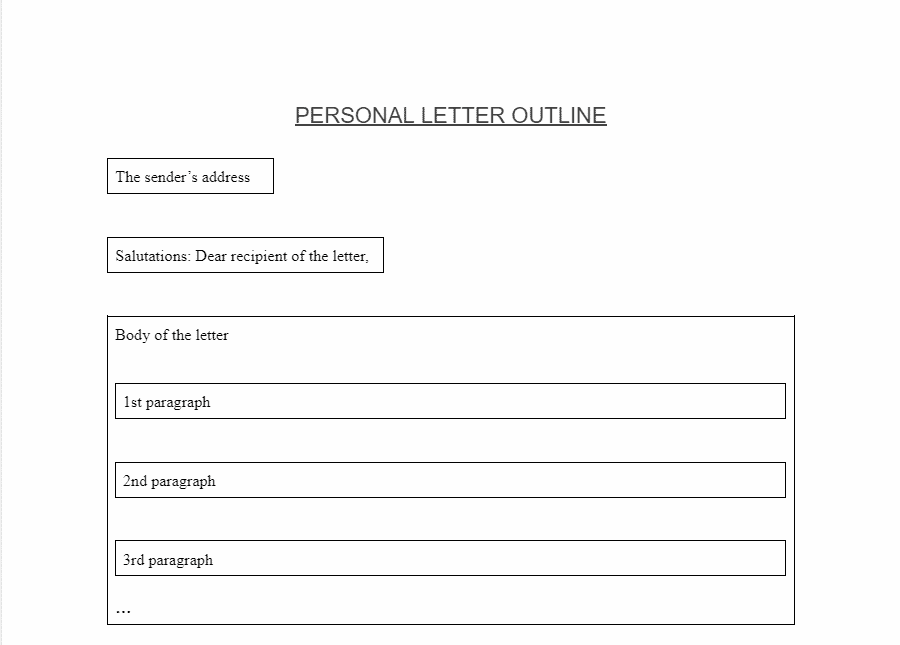As a college student, composing letters becomes a massive part of your school work. It can be very daunting, especially when you are required to write a letter in MLA format but don’t know where to start. Nevertheless, It is essential to know the different types of letter writing and how to format each. The best way to start is by understanding the MLA format for a letter. But not to worry, this article will provide you with quick and easy ways to understand and use the MLA format. However, if you still feel uncomfortable doing the task, we would be glad to give you our experienced writing services.
What is MLA format? MLA stands for the Modern Language Association, which is an organization that focuses on language and literature. It is a uniform method to develop a format for papers and assignments that allows easy reading and good workflow, as well as its application in making citations.
Why is MLA format for a letter important? It creates a clear lead for college students to follow when writing and formatting papers. It also allows easier reading and understanding of your work, conveying professionalism and dedication. MLA format has become standard for scholars and students worldwide, making it one of the most widely-used academic styles.
We can finally get started on the guidelines and structure of the MLA format.
General MLA Guidelines For a Letter.
For precise and concise writing, every student should understand the specific guidelines for writing a letter. MLA format for a letter can be tricky, but there are general guidelines you can follow. Thus, here are some in-depth guidelines that will help you determine the proper structure to use and further understand the format.

When Beginning the Letter
- Use a readable font, Times New Roman 12pt
- Use block format – left-justified.
- Single space.
- Type your address first.
- Space down one line.
- Type the date.
- Space down one line.
- Type the recipient’s name and address.
- Space down one line.
- Enter a salutation, Dear Mr./Mrs.
- Type the body of the letter.
When Closing the Letter
- Space down one line after the last sentence in the letter.
- Type your closing, like Sincerely or Regards
- Space down four lines for your signature.
- Type your name.
With the basic guidelines, we can move on to the different formatting aspects you’ll need.
MLA Letter Structure Guide.
Letter writing is essential to communicate and make a good impression. With these letters, you will need to write them in a casual or professional environment. There are two different kinds of letter writing, formal and personal. MLA format for a letter is particular and includes certain vital elements that must include in each letter to ensure that it is formatted correctly. The good news is, once you know the basics, it will be a walk in the park.
Below, we will share examples of the structure of each type of letter and in detail explain how to format each type:
Basic Guidelines for Writing a Letter In a Formal/ Standard Situation.
A formal letter has a precise structure and particular format that is easily recognizable. Below we’ll cover the correct MLA format for a formal letter.
Addresses
Following the MLA format for a letter, you will place your address as the heading of your letter. It should begin about an inch from the top of the page and be left justified. Moreover, put the date one line below your address, which should be the day the letter was composed.
Ensure you include the address of the recipient. The address will begin 1 inch below the date. The next step is skipping one line and giving your salutations/greetings. You should state the name of the person you are addressing and have the individual’s title.
Skip one more line and begin the body of your letter.
Body Of the Letter
Indent the fine line of your paragraph. The body of your letter will begin one space below the salutations. In the first paragraph, begin with a friendly greeting and briefly mention your purpose for writing. Ensure you use correct single spacing to make your sentences readable and understandable. Space out each subsequent section to have an excellent letter presentation and support your subject in each paragraph.
In the last paragraph, you should retell the purpose of your writing and thank the reader for reviewing your request. Keep your language and punctuation professional and be as concise as possible.
Conclusion/ Sign off
In your closing, double-space beneath the last paragraph of your body letter. End your letter with an appropriate finish, such as “Sincerely,” which is commonly used. Ensure you leave four spaces after the closing statement for your signature. The signature should be aligned directly under the closing and retell your identity as the sender. Afterward, it would be best to type your name beneath the signature.
Basic Guidelines for Writing a Personal Letter
Unlike formal letters, personal letters are much more casual. They are not entirely tied down to many rules and guidelines. But still, there is a correct format for students to follow. Here is how to structure your MLA format personal letter:
Addresses
When writing a personal letter, it would be best to begin with, your name and address. Nowadays, including the date in this kind of letter is no longer necessary, but some people still do it because of tradition, so it’s completely optional. And just like formal letters, personal letters are a great way to start with a polite salutation to the recipient of the letter. You should skip one line and introduce the recipient of the letter. The standard format is” Dear,” followed by the person’s name. Place a comma after the salutation and skip a line before beginning the body of the letter.
Body Of Your Letter.
The body of your letter begins one line after the greetings/salutations. As the name suggests, the message you convey in your body is often meant to share news or keep in touch. They tend to have a conversational and friendly tone, which means you’re free to include the language you use when speaking in person. Ensure that you single-space your body paragraph to close off your letter. Double-space to conclude your letter
Conclusion/Sign-off.
Personal letters also use a complimentary close before the signature, following the same format as formal letters. That includes using sentence capitalization (capitalizing only the first letter), adding a comma at the end, and leaving enough space to sign your name if you’re sending a paper letter. When you’re writing an MLA personal letter, you can use something more sentimental depending on the relationship with the recipient, such as “Love,” “Warm regards,” or “See you soon.”
Conclusion
So there you have it! For every college student, letter writing is essential for their scholarly studies. With the guidelines we have provided on MLA format for a letter, you are well on your way to writing top-notch letters, whether it is formal or personal. Furthermore, we recommend checking out APA guidelines as well for a holistic experience.
Thanks for reading! We hope this article was helpful. Let us know what your thoughts are in the comment section down below. You need bright, talented writers today if you want to succeed. We Bright Writers can help you find the best writing talent and the tools you need to get your message out there. Place your order now, and let us show you how great writing can make a difference in your school work.

What size are MLA format letters?
Unless your instructor specifies, your font size should always be 12 pt Times New Roman.
What are the five key features of MLA writing?
Make 1-inch margins on the top, bottom, and sides.
Use a 12-point size Times New Roman font.
Double-space the entire research paper, even the Works Cited page.
Leave one space after periods and other punctuation marks.
Number your pages.
Why is MLA format important?
The MLA format is essential because it promotes great work consistency and discipline. It also provides your readers with cues they can use to follow your ideas more efficiently.





